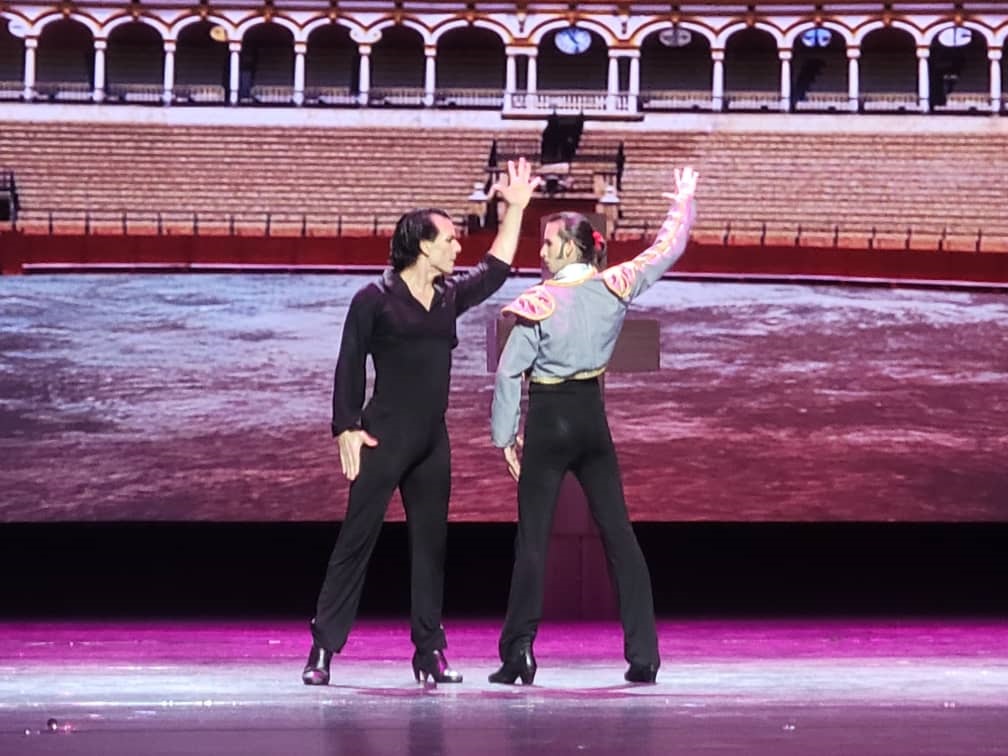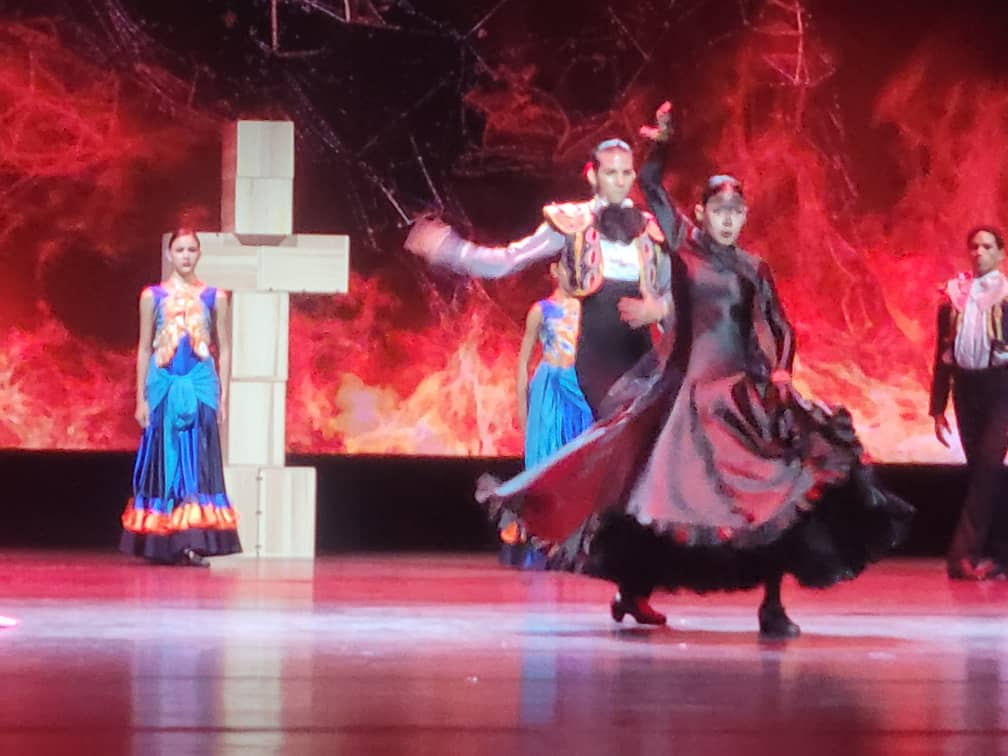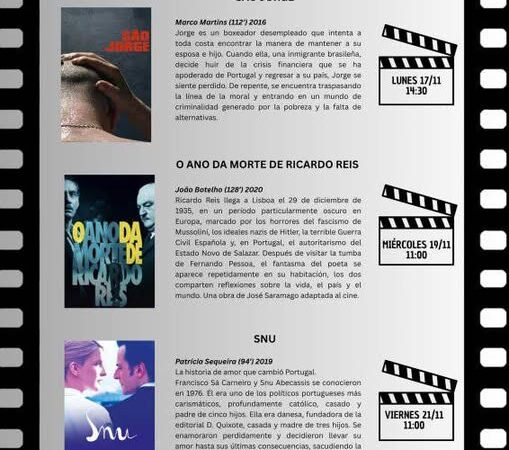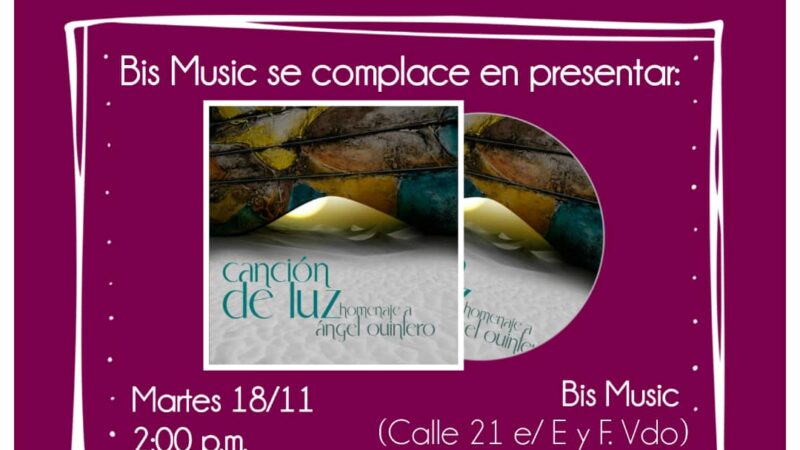Carmen. Cuba Crosses Borders in China
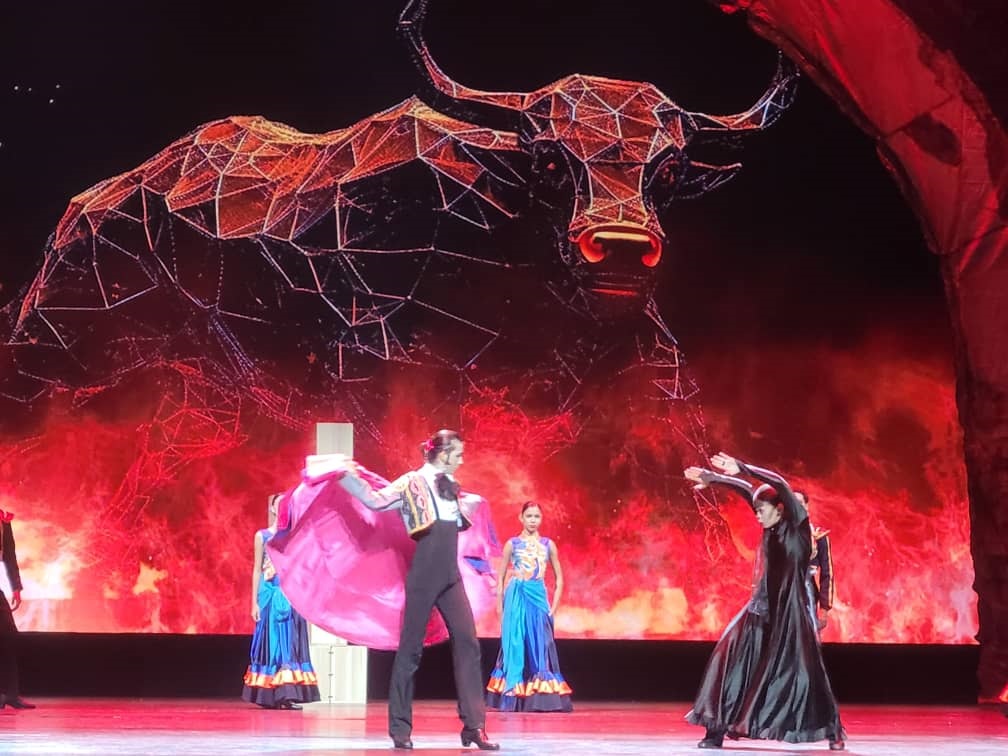
The Ballet Español de Cuba, as part of its tour of the People’s Republic of China, will perform in Guangzhou, Guangdong Province—a corner of China that feels particularly close to Cubans.
Barely two weeks since the start of their tour, the company, directed by maestro Eduardo Veitía, has already performed in four cities across three distant provinces, spanning the north and south of this vast Asian nation: Changchun (Jilin), Mudanjiang (Heilongjiang), and Fuzhou and Fuding (Fujian). In terms of distance, these journeys have meant countless hours by plane, train, and bus—yet the applause and warm receptions in each theater more than make up for the miles traveled.
The troupe’s previous visits have already left an unforgettable mark, with performances in more than 30 cities across 20 provinces, in productions such as El Fantasma and Yo Soy Cuba. Audiences in China not only know them—they actively seek them out. After every show, many fans come to greet the dancers, take photos, and proudly display pictures snapped on earlier visits. The enormous Grand Theater of Fuzhou, in Fujian, seemed too small to hold the crowd that filled every corner for an unforgettable night.
This time, Carmen. Cuba, Veitía’s new production, has every ingredient to captivate audiences with its magic—a Carmen that is unmistakably Cuban.
Several factors combine to create this effect. Veitía’s choreography, based on Prosper Mérimée’s original work with music by Georges Bizet, stands out for its elegance and originality. He has dressed his Carmen in an aura of rhythm, color, energy, and musicality, all tinged with pure Cubanness—a spirit that breaks through borders.
The movement in the show radiates the power of this land that breathes in the world, blending African, European, and Asian influences. Flamenco pulses at its core, but there’s something even more vital: the gestures and attitudes reveal a rich ancestral mix that adds profound depth.
Visually, Veitía’s own lighting designs enhance the spectacle’s magic, while scenic video mapping images by Tamine González are exquisitely tasteful. They move through the performance like an additional character, translating moments and drawing spectators into a dreamlike world of emotions.
Costume designs by the renowned artist Oscar de la Portilla provide the final touch of authenticity and elegance, bringing the light of these sun-drenched lands to the stage and lending the production a unique charm. The dancers’ skin itself seems to express identity as they vibrate and explode with energy, tracing every rhythm while illuminated by a special music that stirs the soul.
Although Bizet’s music is the foundation, Veitía weaves in flamenco, Spanish music, and other variations on the original—plus uniquely Cuban touches. These include a flamenco rendition by singer Chelo Pantoja of the bolero Dos Gardenias, by Isolina Carrillo, as well as percussion that transcends cultural boundaries. The beats of the cajón set rhythms evocative of enchanted lands—yet in movement, the steps instantly become Cuban, as the dancers are themselves Cuban.
After ninety minutes, Carmen. Cuba still has emotions left to deliver. Just as it seems everything is over, with the final bows, the audience rises anew—Carmen is still alive, a symbol of freedom and eternal passion. Carmen is universal. Audiences everywhere accompany the finale with rhythmic clapping that erupts into ovations. There is no doubt—this is Cuba.
Text and photos by Toni Piñera.
Translated by Luis E. Amador Dominguez
